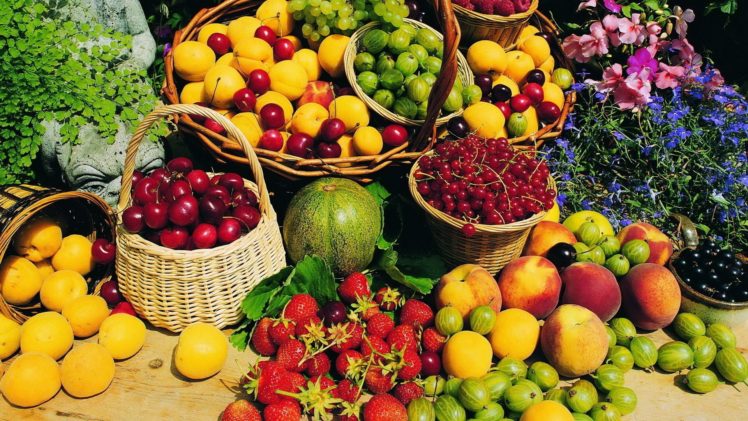


The leaves on young plants are smaller and entire with no lobes or holes, but soon produce lobed and fenestrate leaves as they grow. This member of the arum family Araceae is an epiphyte with aerial roots, able to grow up to 20 m (66 ft) high in the wild, with large, leathery, glossy, heart-shaped leaves 25–90 cm (10–35.5 in) long by 25–75 cm (10–29.5 in) broad. In coastal regions of Sicily, especially Palermo, it is called zampa di leone (lion's paw). In Mexico, the plant is sometimes referred to as piñanona. The names in Spanish ( costilla de Adán), Portuguese ( costela-de-adão), and French ( plante gruyère) refer to the change of the leaves from entire to fenestrated, comparing it in the first two cases with the ribs of Adam and in the third with the hole-filled gruyère cheese, despite modern gruyère cheese having no holes. Other common names include delicious monster, fruit salad plant, fruit salad tree (in reference to its edible fruit, which tastes similar to a fruit salad), ceriman, monster fruit, monsterio delicio, monstereo, Mexican breadfruit, windowleaf, balazo, Penglai banana and (inaccurately) split leaf philodendron. Monstera adansonii, which also has holes in the leaves, is also called "Swiss cheese plant", or Swiss cheese vine. Its popular name as a houseplant of "Swiss cheese plant", or just "cheese plant", is commonly stated to refer to the "eyes" or holes which develop in its leaves similar to the holes in some Swiss-type cheeses such as Emmental cheese. The genus Monstera is named from the Latin word for "monstrous" or "abnormal", and refers to the unusual leaves with natural holes that members of the genus have. The specific epithet deliciosa means "delicious", referring to the edible fruit.


 0 kommentar(er)
0 kommentar(er)
